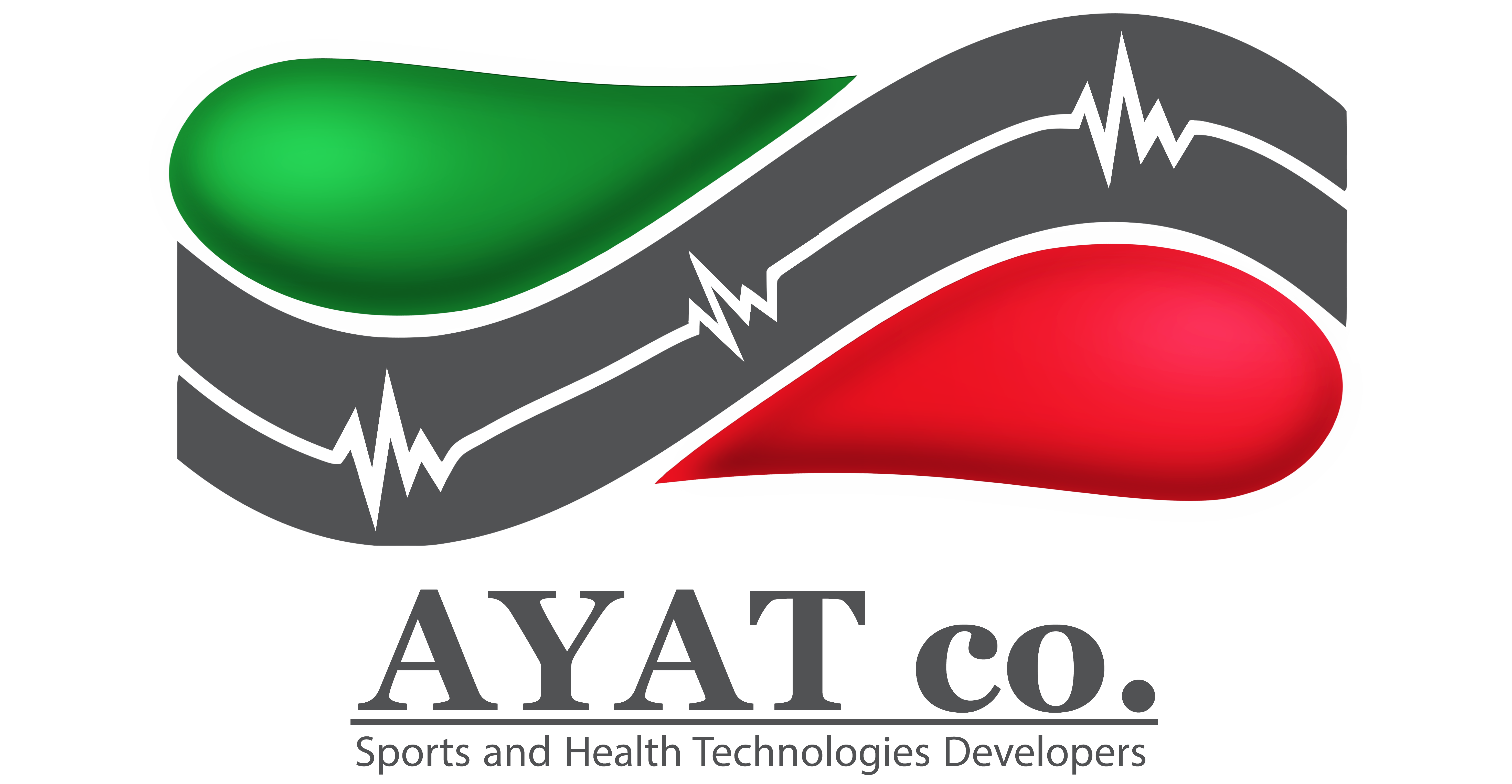Body abnormalities
The natural position of the vertebrae
In general, the spine consists of 26 vertebrae, which have the important task of maintaining posture and protecting the spinal cord and are the bridge connecting the brain to the body
The presence of arches in the spine adjusts the applied pressures and creates a variety of movements. On the other hand, arches make upper body movements possible and easy in all directions
The spine has 4 arches from the side view, and we use a plumb line to detect deviations in human posture in the side view. A person whose earlobe, acromion, pelvic crest, pelvis, patella, and ankle in the side view are in line with the plumb line has a balanced posture. Otherwise, any observed lesion should be identified and corrected by the relevant specialist
Scoliosis
It refers to the deviation of the vertebral column to the left or right, which is in the shape of an S and is visible from the occipital bone to the sacrum.
The cause of this condition may be two issues:
A) Congenital, where the vertebrae are irregularly attached
B) Weakness and incoordination of the muscles supporting the spine
In the acute congenital case, it can necessarily be treated through medical treatments, especially surgery, but in the second type, exercise and balancing the muscles supporting the spine can be the best way to treat
Symptoms:
- Body deformity in terms of appearance and adverse effects on the individual's psychological dimension
- Incoordination in the spine that causes pain and weakness and, as a result, movement problems for the individual
Diagnosis
The person is hanging from a bar
Postural analysis of the individual's body
Treatment
Performing appropriate stretching exercises to lengthen the muscles that have deviated the vertebrae towards themselves
Strengthening the pelvic floor muscles, which are located in the lower part of the spine and are responsible for the stability and strength of the spine and pelvis
Strengthening and recovering muscles that are short in size and have caused the spine to deviate towards itself, which are recovered by designing the correct exercise exercises and eventually return to their normal size with continued exercise
Muscles involved in this condition
- pelvic floor muscles
- gluteus medius
- quadratus lumborum
- intercostal and lateral interspinous spinal muscles
- abdominal and lateral muscles
Specialized exercises for the weak muscles
1- Lie on your back, knees bent and feet on the floor. Keep one leg straight and extended in front of your body. Raise and lower it from the hip joint as much as possible and smoothly. This exercise should be done with both legs. (10 repetitions, 2 times a day)
2- The weak knee is bent in front of the body, the opposite ankle is placed on the knee, then without the intervention of the hand, try to move the target leg towards the stomach. (10 repetitions, 2 times a day)
3- Lying on the edge of the bed and holding the muscle of the affected side, the knee is bent and the sole of the foot is on the floor. While the body is fixed to the sole of the bed, we move the leg of the edge of the bed down with the broken knee as high and low as possible. (10 repetitions, 2 times a day)
4- Pilot exercise: We hang from the Swedish ladder or pull-up bar and bring the knees towards the stomach. (10 repetitions, 2 times a day)
5- We lie on the opposite side, the upper leg is opened and closed in line with the side as much as possible towards the body. (10 repetitions, 2 times a day)
6- Lying on the side, the foot is placed at the intersection of the lower leg, you move from the front up and down. (10 repetitions, 2 times a day)
7- Lying on the stomach, we bring the leg of the weak side muscle up and down from the back. (10 repetitions, 2 times a day)
8- We sit on a chair, we move the weight that is held by the muscles of the strong side to the left and right with the trunk. (10 repetitions 2 times a day)
For strong muscles, we only do stretching exercises (Exercises with the wall - chair - bed - weights)
